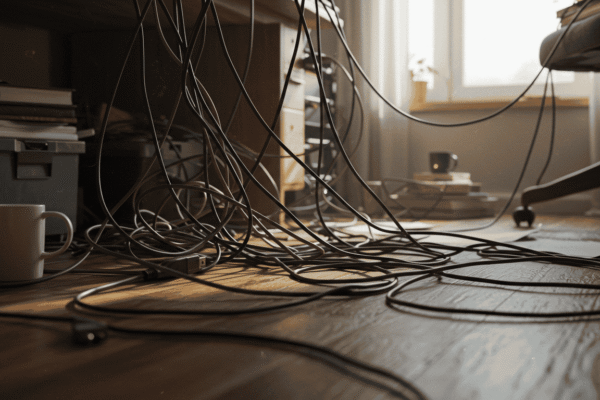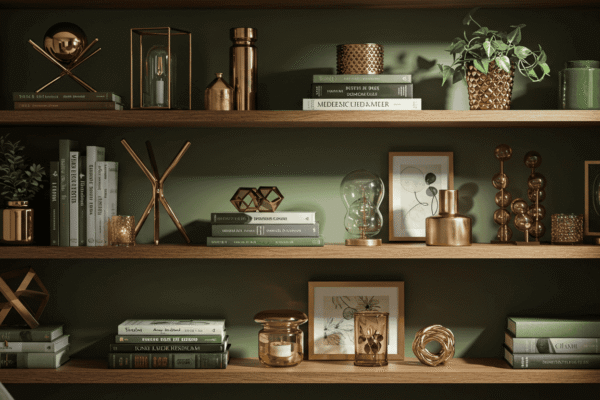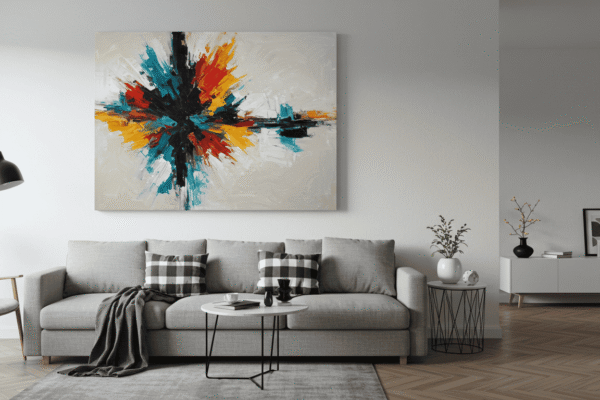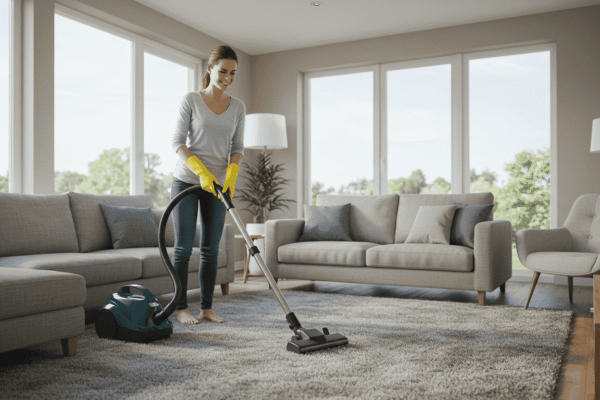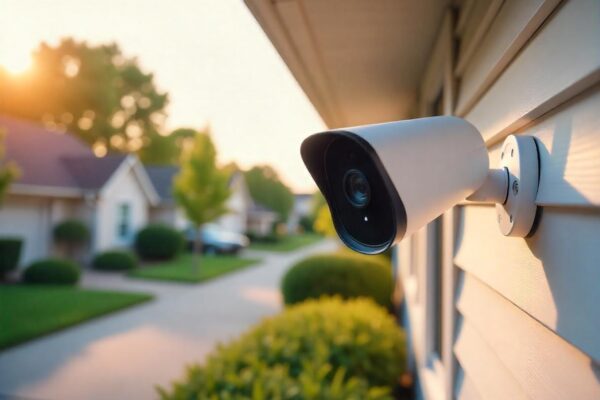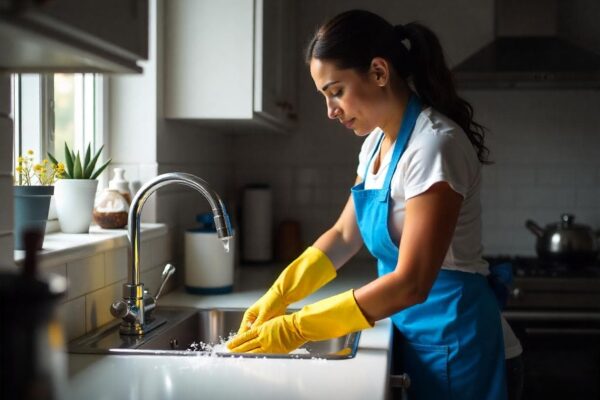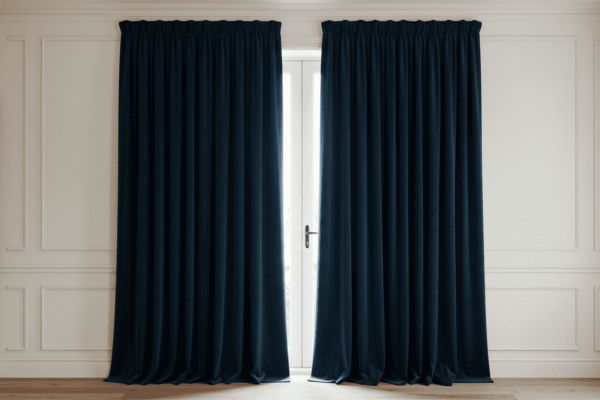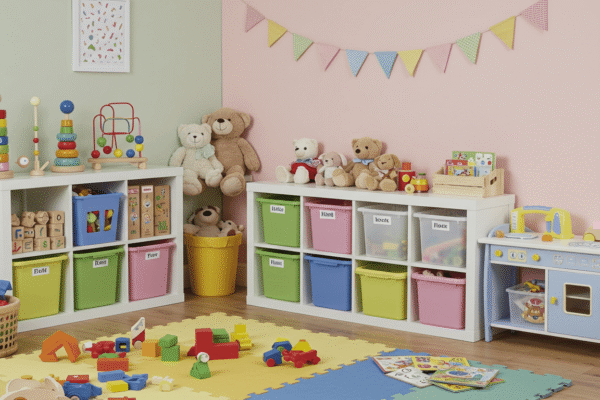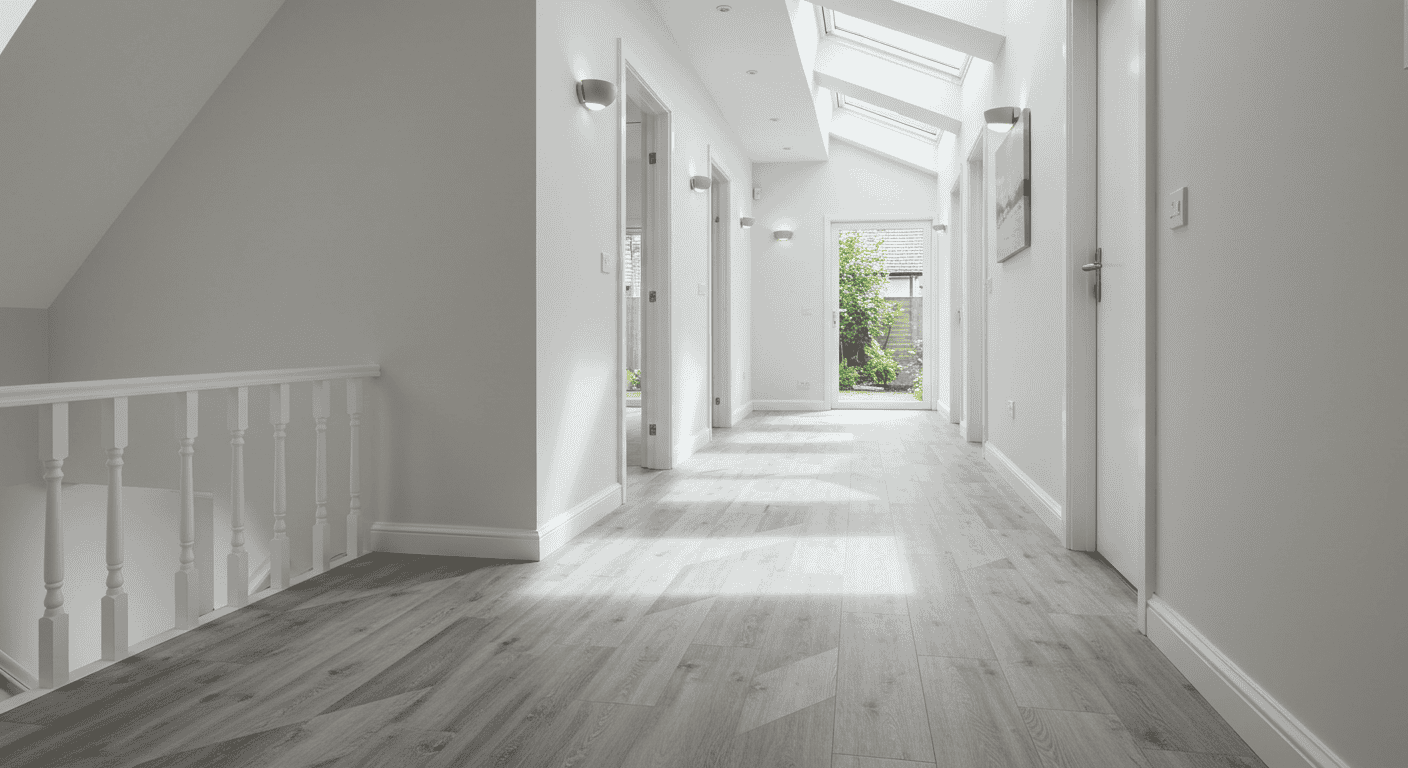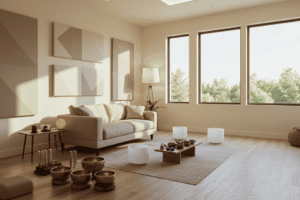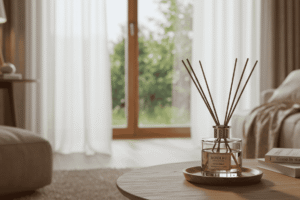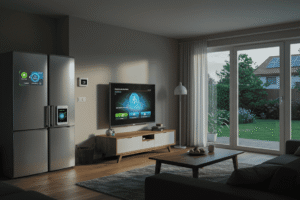Durable flooring alternatives are quickly becoming the go-to choice for homeowners who want long-lasting, low-maintenance, and stylish floors. If you’re tired of carpet that stains easily, wears out quickly, or traps allergens, it’s time to explore options that can handle high traffic, pets, and spills without sacrificing beauty. From SPC flooring and luxury vinyl plank (LVP) to laminate and tile, there are plenty of waterproof, scratch-resistant, and eco-friendly flooring alternatives to suit every room in your home. In this guide, we’ll help you find the perfect durable flooring alternatives that combine practicality with style.
Why Consider Durable Flooring Alternatives?
Choosing the right flooring can completely transform your home, not just in appearance but also in comfort and functionality. Many homeowners are now looking beyond traditional carpet for durable flooring alternatives that offer longevity, ease of maintenance, and resilience. While carpet may feel soft and cozy, it often struggles to keep up with the demands of modern living spaces. By understanding the common issues with carpet and the advantages of durable flooring alternatives, you can make an informed decision that improves both your home’s style and practicality.
Common Problems with Carpet
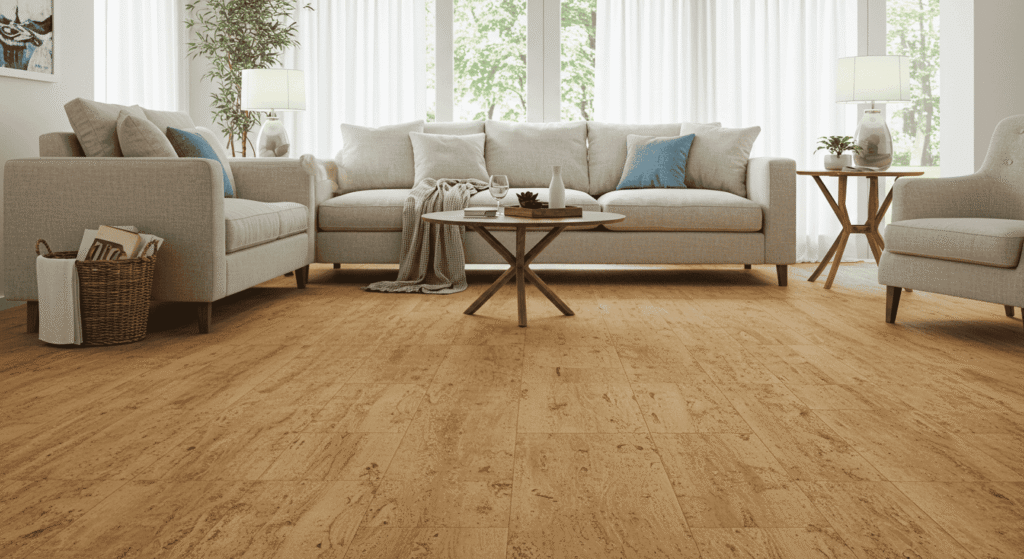
While carpet has been a popular choice for decades, it comes with several drawbacks:
Stains and spills
Carpet is highly susceptible to stains from food, drinks, and pets. Even with regular cleaning, some spills can leave permanent marks, reducing the carpet’s aesthetic appeal.
Wear and tear in high-traffic areas
Areas like hallways, living rooms, and entryways experience heavy foot traffic, causing carpet fibers to flatten and wear down quickly. Over time, this results in an uneven, worn appearance that detracts from your home’s overall look.
Allergens and dust accumulation
Carpet fibers trap dust, pollen, pet dander, and other allergens. This can aggravate respiratory issues and requires frequent deep cleaning to maintain a healthy indoor environment.
Benefits of Durable Flooring
Switching to durable flooring alternatives addresses many of the issues associated with carpet while offering additional benefits:
Long-lasting and scratch-resistant
Materials like SPC flooring, luxury vinyl plank (LVP), and laminate are designed to withstand heavy use without showing significant wear, making them ideal for busy households.
Low-maintenance and easy to clean
Unlike carpet, most durable flooring alternatives can be cleaned with a simple sweep and mop. They resist stains and do not trap dust or allergens, saving time and effort in daily maintenance.
Water and pet-friendly
Many modern options are water-resistant or waterproof, making them suitable for kitchens, bathrooms, and areas prone to spills. They also stand up well to pets, reducing damage from scratches or accidents.
Carpet vs Durable Flooring Comparison
| Feature | Carpet | Durable Flooring Alternatives |
|---|---|---|
| Lifespan | 5-10 years | 15-25 years |
| Maintenance | High | Low |
| Water Resistance | Poor | Excellent |
| Pet-Friendliness | Medium | High |
This table highlights how durable flooring alternatives outperform carpet in longevity, maintenance, water resistance, and suitability for pets, helping you make a flooring choice that fits your lifestyle and home needs.
Stone Plastic Composite (SPC) Flooring
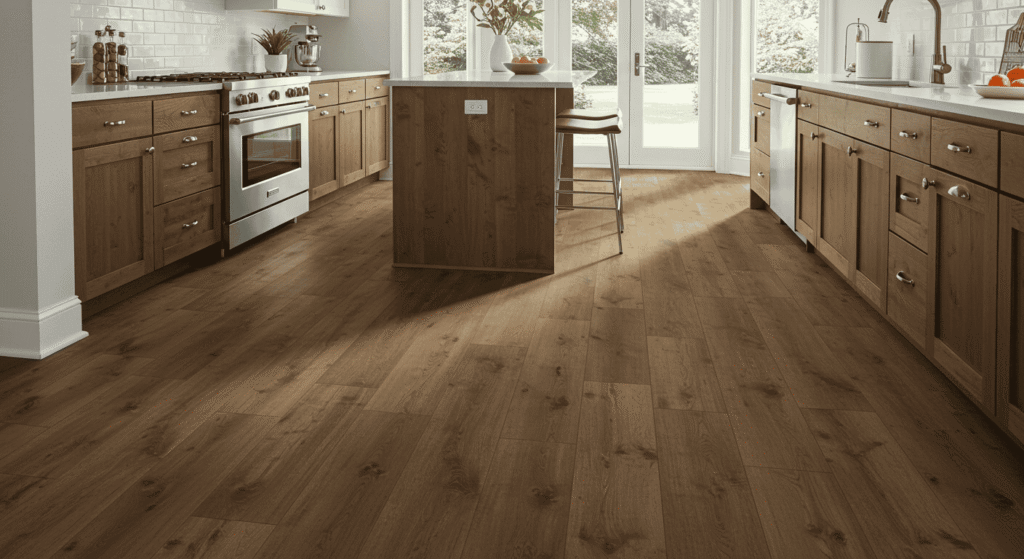
If you’re exploring durable flooring alternatives, Stone Plastic Composite (SPC) flooring is an option that combines strength, style, and practicality. Known for its solid core and resilience, SPC has quickly become a favorite for homeowners seeking waterproof, low-maintenance, and long-lasting flooring. Let’s dive into what makes SPC so durable and where it works best in your home.
What Makes SPC Durable?
Core material and structure
SPC flooring is constructed with a dense, stone-plastic core that provides exceptional stability and resistance to impact. This core is what allows SPC to maintain its shape and appearance even under heavy foot traffic or furniture movement.
Waterproof and dent-resistant properties
Unlike traditional flooring options, SPC is 100% waterproof, making it ideal for areas prone to moisture. Its rigid core also resists dents and scratches, ensuring your floor looks pristine for years, even in busy households.
Ideal Spaces for SPC
SPC flooring performs exceptionally well in spaces where durability and moisture resistance are essential:
- Kitchens: Handles spills, splashes, and high foot traffic.
- Bathrooms: Fully waterproof, perfect for wet environments.
- High-traffic hallways: Maintains its appearance under constant use without showing wear.
SPC Flooring Pros and Cons
| Pros | Cons |
|---|---|
| Extremely durable | Can feel colder underfoot |
| Waterproof | Limited design patterns |
| Easy to clean | Requires flat subfloor |
This table illustrates how SPC flooring balances durability, ease of maintenance, and waterproof features, while also highlighting minor considerations that homeowners should be aware of when choosing this durable flooring alternative.
Luxury Vinyl Plank (LVP)
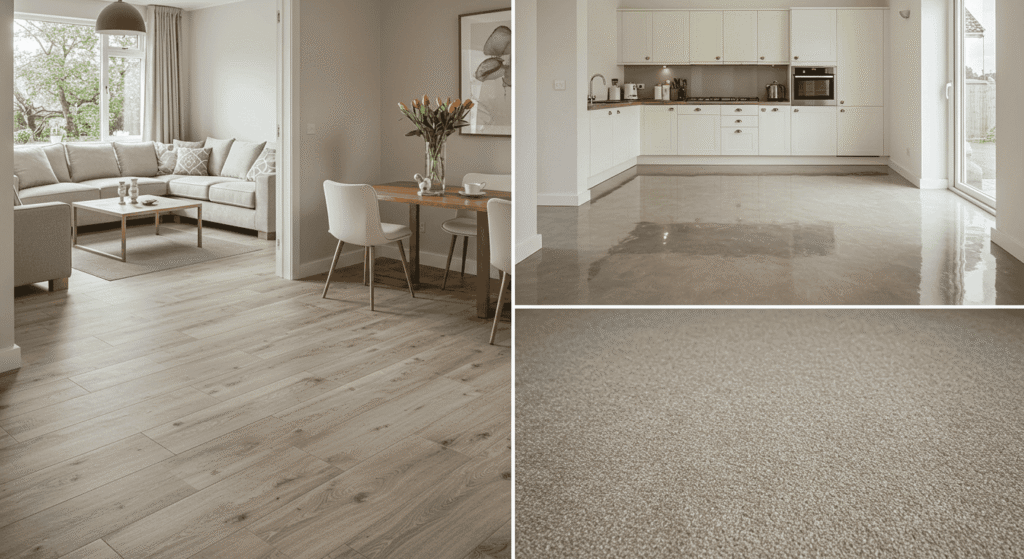
Among durable flooring alternatives, Luxury Vinyl Plank (LVP) stands out for its combination of aesthetic appeal, resilience, and ease of maintenance. LVP is designed to mimic the look of natural wood or stone while providing a practical solution for busy homes. Let’s explore why LVP is so durable and where it performs best.
Durability Features of LVP
Scratch and stain resistance
Modern LVP is manufactured with a strong wear layer that protects against scratches, scuffs, and stains. This makes it ideal for households with pets, children, or high-traffic areas where floors are prone to damage.
Water and moisture protection
LVP is engineered to resist water and moisture, making it suitable for kitchens, basements, and bathrooms. Unlike carpet or traditional hardwood, it can handle spills without warping or discoloration, making it one of the most practical waterproof flooring options.
Where LVP Works Best
LVP is versatile and fits well in a variety of home settings:
- Living rooms: Combines style with durability for high-visibility areas.
- Basements: Resistant to moisture and ideal for lower-level spaces.
- Busy households: Perfect for areas with heavy foot traffic and active lifestyles.
LVP vs SPC at a Glance
| Feature | LVP | SPC |
|---|---|---|
| Water Resistance | Excellent | Excellent |
| Hardness | Medium | High |
| Price Range | Moderate | Moderate |
This comparison highlights that while both LVP and SPC offer excellent water resistance and durability, SPC is slightly harder, whereas LVP provides a softer feel underfoot. Both remain strong contenders among durable flooring alternatives depending on your home’s needs and comfort preferences.
Laminate Flooring Alternatives
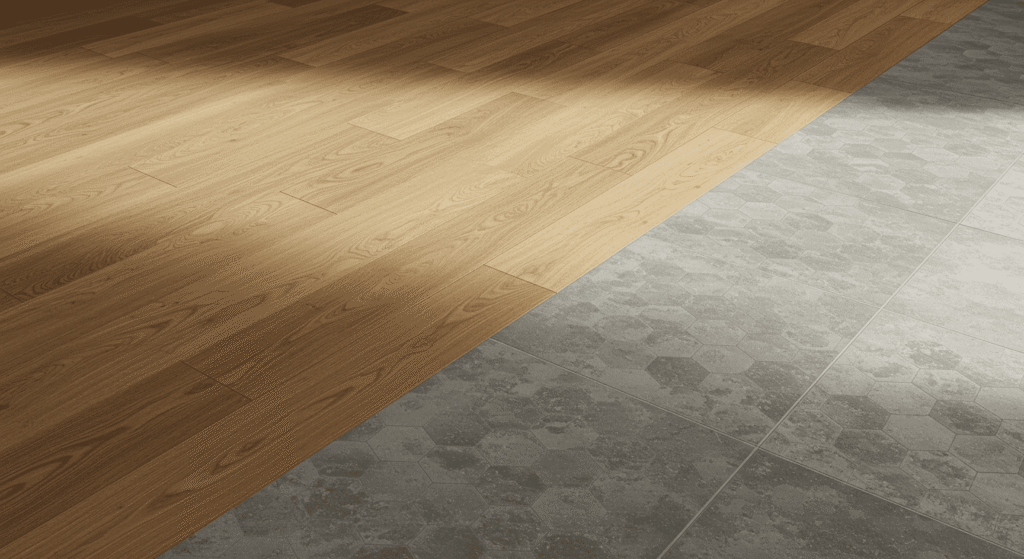
For those exploring durable flooring alternatives, laminate flooring offers a perfect balance of affordability, style, and resilience. Modern laminate has evolved far beyond its early designs, now providing excellent durability and realistic finishes that mimic wood or stone without the high maintenance.
Understanding Modern Laminate
Multi-layer construction
Laminate flooring consists of several layers, including a protective top layer, a decorative layer that replicates natural textures, and a core layer that provides stability and strength. This multi-layer construction ensures that the floor can withstand daily wear and tear while maintaining its appearance.
Wear layer for scratch resistance
The top wear layer is specifically designed to resist scratches, scuffs, and minor dents. This makes laminate a practical option for homes with pets, children, or frequent foot traffic, ensuring long-lasting durability without constant upkeep.
Best Uses for Laminate Flooring
Laminate flooring performs well in a variety of spaces, particularly those with moderate foot traffic:
- Bedrooms: Provides a warm, comfortable feel underfoot while being easy to maintain.
- Offices: Durable enough to handle rolling chairs and daily use.
- Moderate-traffic areas: Ideal for living spaces that require durability without exposure to excessive moisture.
Laminate Durability Features
| Feature | Benefit |
|---|---|
| Wear Layer | Scratch-resistant |
| Core | Stable under moderate moisture |
| Installation | Easy click-lock system |
This table highlights why laminate flooring remains a popular choice among durable flooring alternatives, offering a combination of resilience, easy installation, and low-maintenance care for a variety of rooms.
Tile and Stone Flooring Options
When considering durable flooring alternatives, tile and stone flooring stand out for their strength, longevity, and timeless appeal. These materials are particularly suitable for areas prone to moisture, heavy traffic, or frequent spills, providing both functionality and elegance.
Porcelain and Ceramic Tiles
Water resistance and low maintenance
Both porcelain and ceramic tiles are highly resistant to water, making them ideal for moisture-prone areas. They are also easy to clean, requiring only regular sweeping and occasional mopping, which keeps maintenance minimal.
Ideal for bathrooms, kitchens
Because of their durability and water resistance, porcelain and ceramic tiles are perfect for bathrooms, kitchens, and laundry rooms. Their wide variety of textures and finishes also allows homeowners to achieve stylish designs without compromising practicality.
Natural Stone Tiles
Timeless appearance and strength
Natural stone, such as granite, slate, or marble, provides a classic and sophisticated look that can enhance any living space. Stone is extremely strong, making it a long-lasting flooring option for high-traffic areas.
Requires occasional sealing
To maintain its appearance and protect against stains, natural stone should be sealed periodically. Proper care ensures the stone remains resilient and beautiful for years.
Tile Types Comparison
| Type | Durability | Maintenance | Best Rooms |
|---|---|---|---|
| Porcelain | Very High | Low | Bathrooms, Kitchens |
| Ceramic | High | Low | Bathrooms, Entryways |
| Natural Stone | High | Medium | Living Areas, Kitchens |
This table highlights the differences between porcelain, ceramic, and natural stone tiles, helping you choose the most suitable durable flooring alternative for your home’s specific needs and style preferences.
Eco-Friendly Durable Flooring Alternatives
For homeowners seeking durable flooring alternatives that are also environmentally conscious, eco-friendly options like bamboo and cork provide a perfect balance of sustainability, comfort, and durability. These choices allow you to create a stylish, resilient home while minimizing your ecological footprint.
Bamboo Flooring
Fast-growing, sustainable material
Bamboo is a rapidly renewable resource, making it one of the most sustainable flooring options available. Choosing bamboo supports environmentally friendly practices while delivering a natural, attractive look.
Hard and long-lasting
Modern bamboo flooring is engineered to be hard and durable, capable of withstanding daily wear and high-traffic areas. Its resilience makes it a strong contender among durable flooring alternatives.
Cork Flooring
Soft, resilient, and insulating
Cork provides a comfortable surface underfoot, thanks to its natural cushioning properties. It also offers sound absorption and thermal insulation, enhancing comfort in living spaces.
Good for standing areas like kitchens
Because of its softness and resilience, cork is ideal for areas where you stand for extended periods, such as kitchens or workspaces, reducing fatigue while maintaining durability.
Eco-Friendly Flooring Comparison
| Flooring | Durability | Comfort | Environmental Impact |
|---|---|---|---|
| Bamboo | High | Medium | Sustainable |
| Cork | Medium | High | Renewable |
This table illustrates how eco-friendly flooring alternatives like bamboo and cork combine durability, comfort, and sustainability, offering practical and environmentally responsible options for modern homes.
Flooring for Busy Households: Kids & Pets
Homes with children or pets require durable flooring alternatives that can withstand constant activity, spills, and accidents. Choosing the right floor ensures both longevity and ease of maintenance, keeping your home looking its best while standing up to everyday challenges.
What to Look for in Durable Flooring
Scratch resistance
High-traffic areas are prone to scratches from shoes, toys, and pet claws. Opting for flooring with strong scratch resistance helps maintain a clean, polished look over time.
Spill and water protection
Children and pets often lead to spills. Waterproof or water-resistant flooring prevents damage from liquids, reducing the risk of warping, staining, or mold.
Easy cleaning surface
A smooth, easy-to-clean surface saves time and effort, making daily maintenance simple while keeping your home hygienic and safe.
Recommended Flooring Types for High Activity
The most suitable durable flooring alternatives for busy households include:
- SPC flooring – Extremely durable and waterproof.
- Luxury Vinyl Plank (LVP) – Offers water resistance and moderate scratch protection.
- Tile – Highly durable, water-resistant, and low-maintenance.
Best Flooring for Kids & Pets
| Flooring | Scratch Resistance | Water Resistance | Easy Clean |
|---|---|---|---|
| SPC | High | Excellent | Yes |
| LVP | Medium | Excellent | Yes |
| Tile | High | Excellent | Yes |
| Laminate | Medium | Medium | Moderate |
This table highlights the top durable flooring alternatives for households with children and pets, helping you choose floors that combine resilience, practicality, and easy maintenance for a stress-free living environment.
How to Choose the Right Durable Flooring Alternative
Selecting the perfect durable flooring alternative requires more than just aesthetics. Considering the specific needs of each room, your lifestyle, and maintenance preferences ensures you choose flooring that performs well over time while complementing your home’s design.
Factors to Consider
Room function and foot traffic
High-traffic areas like hallways and kitchens need flooring that can withstand heavy use without showing wear. Low-traffic spaces, such as bedrooms or home offices, can accommodate slightly softer or more decorative options.
Moisture exposure
Rooms prone to spills or humidity, such as kitchens, bathrooms, and basements, benefit from waterproof or water-resistant flooring alternatives like SPC, LVP, or tile.
Comfort underfoot
Consider how the floor feels underfoot, especially in spaces where you spend significant time standing or walking. Softer options like laminate, bamboo, or cork provide extra comfort while remaining durable.
Maintenance preference
Some flooring requires regular sealing or special cleaning, while others are virtually maintenance-free. Choose a floor that aligns with your willingness to invest time in upkeep.
Quick Decision-Making Table
| Room Type | Recommended Flooring | Notes |
|---|---|---|
| Kitchen/Bath | SPC or Tile | Water and spill-resistant |
| Living Room | LVP or Laminate | Comfortable and stylish |
| Bedroom | Laminate or Bamboo | Soft and warm |
| High-Traffic Hallway | SPC or Tile | Extremely durable |
This table simplifies the process of choosing the right durable flooring alternative for each area of your home, helping you make an informed decision that balances durability, comfort, and maintenance.
Choosing the Best Durable Flooring Alternatives for Your Home
Investing in durable flooring alternatives can transform your home by combining longevity, style, and practicality. Whether you prefer SPC flooring, luxury vinyl plank (LVP), laminate, or eco-friendly options like bamboo and cork, there’s a solution for every room and lifestyle. By considering factors such as foot traffic, moisture exposure, and maintenance needs, you can select a floor that not only looks great but also withstands daily wear and tear. Choosing the right durable flooring alternative ensures a comfortable, low-maintenance, and long-lasting foundation for your home.

